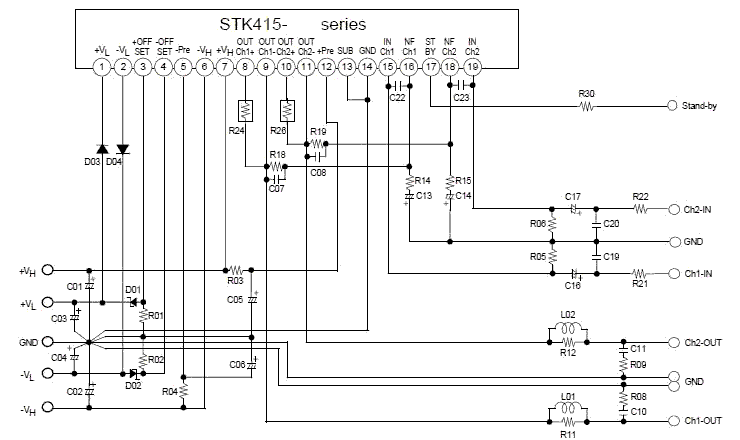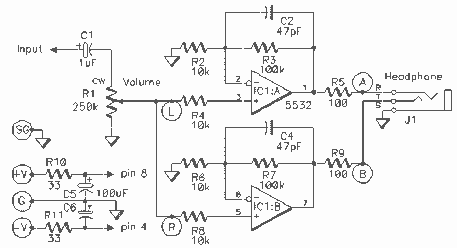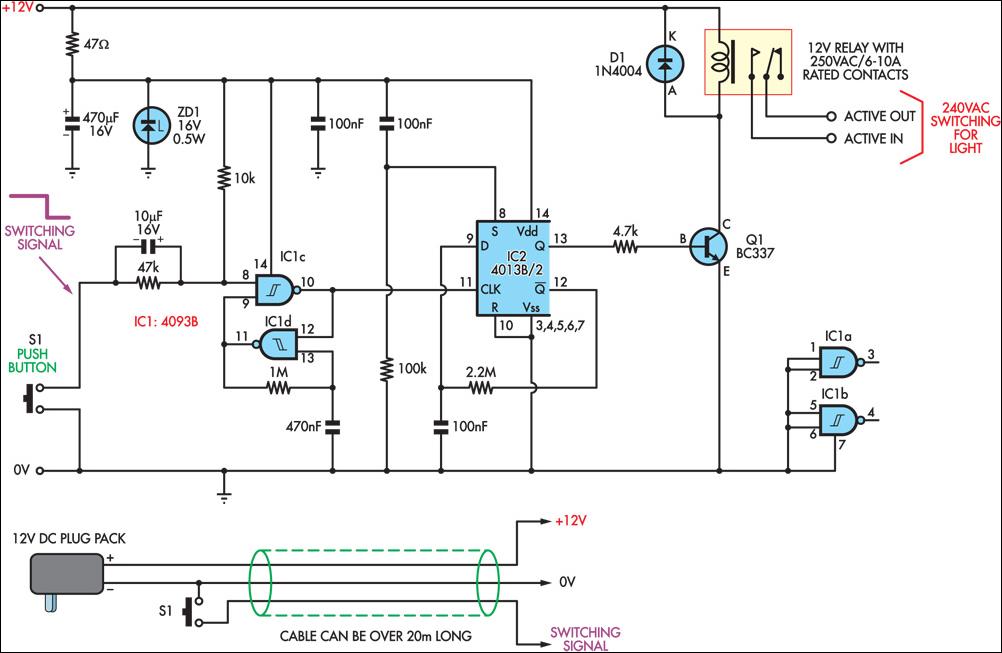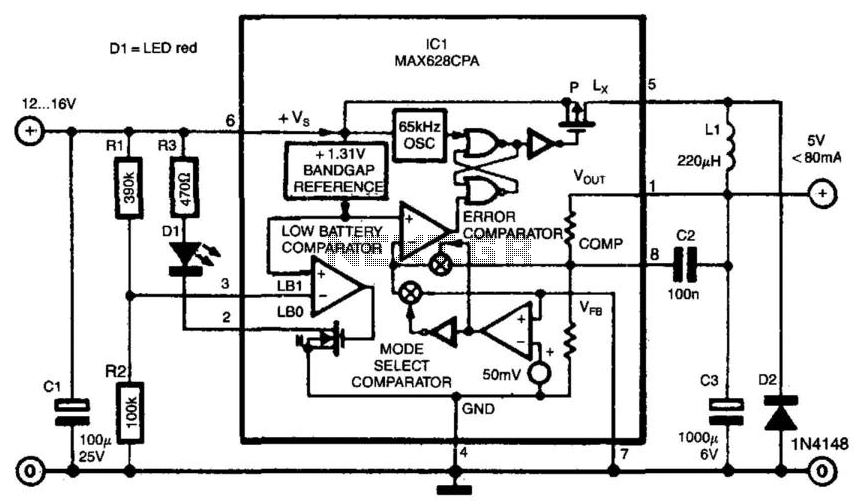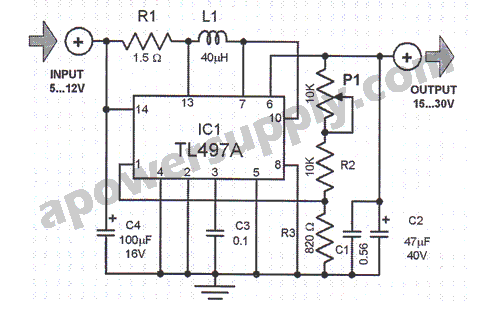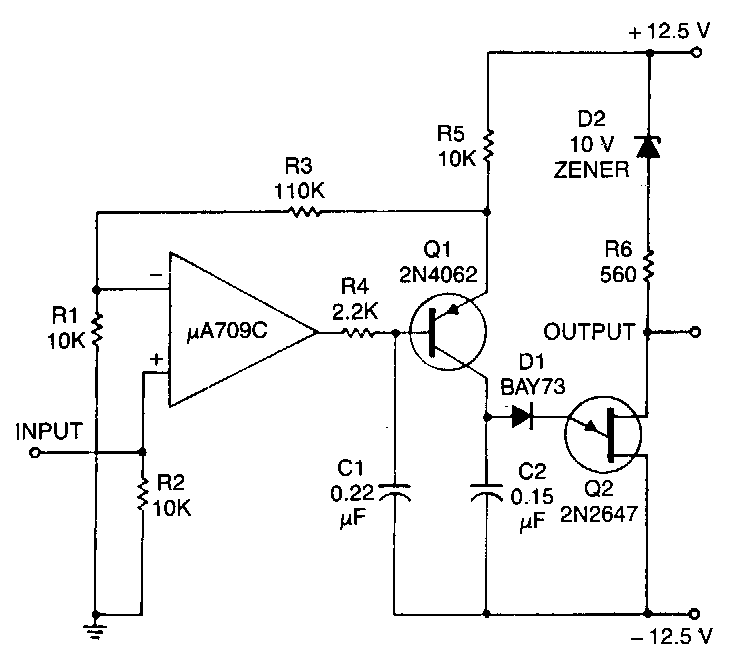
Build A 10 Amp 13.8 Volt Power Supply
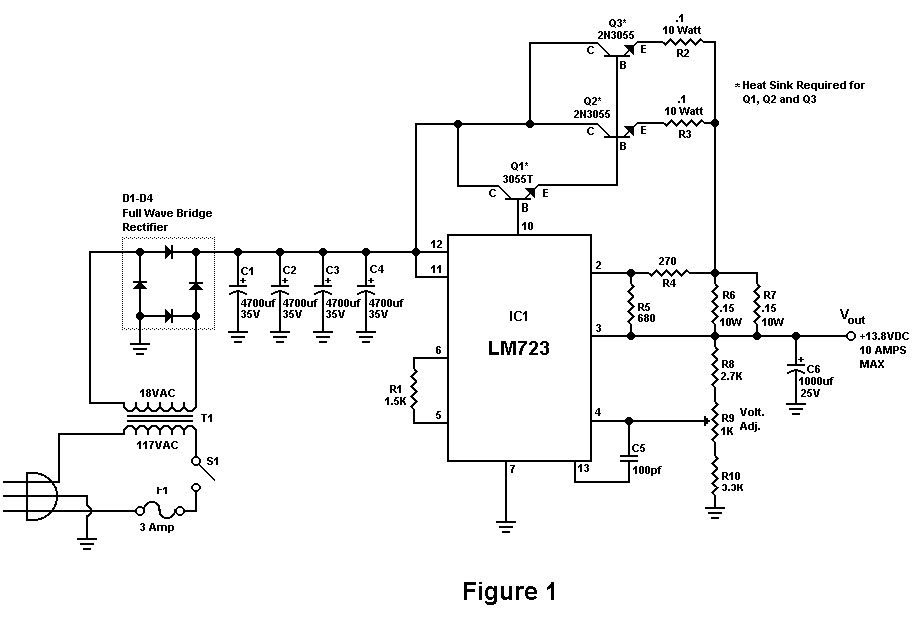
Sometimes amateurs like to home-brew their power supplies instead of purchasing one off the shelf at any of the major ham radio retail dealers. The advantage to rolling your own power supply is that it teaches us how they work and makes it easier to troubleshoot and repair other power supply units in the shack. It should be noted that there is no real cost advantage to building your own power supply unless you can get a large power transformer and heat sink for a super low price.
The process of designing and constructing a home-brew power supply involves several key components and considerations. A typical schematic for a linear power supply might include the following elements:
1. **Transformer**: The transformer is the heart of the power supply, stepping down high voltage AC mains to a lower AC voltage suitable for the application. A toroidal transformer is often preferred for its compact size and efficiency. The voltage rating should match the required output voltage, while the current rating should exceed the maximum load current.
2. **Rectifier**: After the transformer, a rectifier circuit is used to convert the AC voltage to DC. A full-wave bridge rectifier configuration is commonly employed for better efficiency and reduced ripple voltage. This consists of four diodes arranged in a bridge configuration, allowing both halves of the AC waveform to contribute to the output.
3. **Filtering**: Following rectification, a filter capacitor is used to smooth the pulsating DC voltage. The capacitance value should be chosen based on the load current and acceptable ripple voltage. Larger capacitors will reduce ripple but will also increase the inrush current during power-up, which may require additional considerations for surge protection.
4. **Voltage Regulation**: To maintain a stable output voltage under varying load conditions, a linear voltage regulator may be incorporated. Common choices include the LM7812 for +12V outputs or LM317 for adjustable outputs. The regulator will require input and output capacitors to ensure stability and transient response.
5. **Protection Circuitry**: Fuses or circuit breakers should be included to protect against overcurrent conditions. Additionally, incorporating a thermal shutdown feature can prevent damage due to overheating.
6. **Heat Sinking**: Power components, especially regulators, will generate heat. Adequate heat sinking is necessary to dissipate this heat and maintain reliable operation. The heat sink should be sized based on the power dissipation of the components and the ambient temperature.
7. **Output Connections**: Finally, the schematic should include output connectors that are suitable for the intended application, ensuring that they can handle the voltage and current requirements.
When designing a home-brew power supply, attention must be paid to safety considerations, including proper insulation, grounding, and adherence to local electrical codes. The layout of the components on the PCB or breadboard should minimize noise and interference, ensuring a clean power output suitable for sensitive electronics like radio equipment.Sometimes amateurs like to home-brew their power supplies instead of purchasing one off the shelf at any of the major ham radio retail dealers. The advantage to rolling your own power supply is that it teaches us how they work and makes it easier to troubleshoot and repair other power supply units in the shack.
It should be noted that there is no real cost advantage to building your own power supply unless you can get a large power transformer and heat sink for a super low price. 🔗 External reference
The process of designing and constructing a home-brew power supply involves several key components and considerations. A typical schematic for a linear power supply might include the following elements:
1. **Transformer**: The transformer is the heart of the power supply, stepping down high voltage AC mains to a lower AC voltage suitable for the application. A toroidal transformer is often preferred for its compact size and efficiency. The voltage rating should match the required output voltage, while the current rating should exceed the maximum load current.
2. **Rectifier**: After the transformer, a rectifier circuit is used to convert the AC voltage to DC. A full-wave bridge rectifier configuration is commonly employed for better efficiency and reduced ripple voltage. This consists of four diodes arranged in a bridge configuration, allowing both halves of the AC waveform to contribute to the output.
3. **Filtering**: Following rectification, a filter capacitor is used to smooth the pulsating DC voltage. The capacitance value should be chosen based on the load current and acceptable ripple voltage. Larger capacitors will reduce ripple but will also increase the inrush current during power-up, which may require additional considerations for surge protection.
4. **Voltage Regulation**: To maintain a stable output voltage under varying load conditions, a linear voltage regulator may be incorporated. Common choices include the LM7812 for +12V outputs or LM317 for adjustable outputs. The regulator will require input and output capacitors to ensure stability and transient response.
5. **Protection Circuitry**: Fuses or circuit breakers should be included to protect against overcurrent conditions. Additionally, incorporating a thermal shutdown feature can prevent damage due to overheating.
6. **Heat Sinking**: Power components, especially regulators, will generate heat. Adequate heat sinking is necessary to dissipate this heat and maintain reliable operation. The heat sink should be sized based on the power dissipation of the components and the ambient temperature.
7. **Output Connections**: Finally, the schematic should include output connectors that are suitable for the intended application, ensuring that they can handle the voltage and current requirements.
When designing a home-brew power supply, attention must be paid to safety considerations, including proper insulation, grounding, and adherence to local electrical codes. The layout of the components on the PCB or breadboard should minimize noise and interference, ensuring a clean power output suitable for sensitive electronics like radio equipment.Sometimes amateurs like to home-brew their power supplies instead of purchasing one off the shelf at any of the major ham radio retail dealers. The advantage to rolling your own power supply is that it teaches us how they work and makes it easier to troubleshoot and repair other power supply units in the shack.
It should be noted that there is no real cost advantage to building your own power supply unless you can get a large power transformer and heat sink for a super low price. 🔗 External reference
Warning: include(partials/cookie-banner.php): Failed to open stream: Permission denied in /var/www/html/nextgr/view-circuit.php on line 713
Warning: include(): Failed opening 'partials/cookie-banner.php' for inclusion (include_path='.:/usr/share/php') in /var/www/html/nextgr/view-circuit.php on line 713
